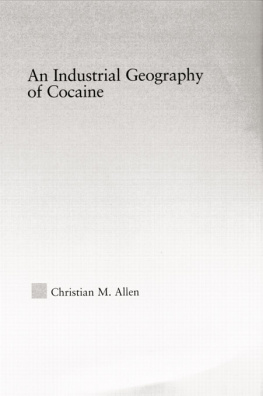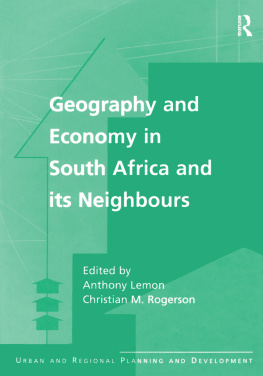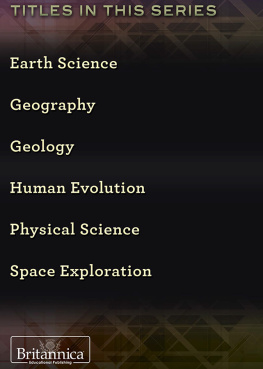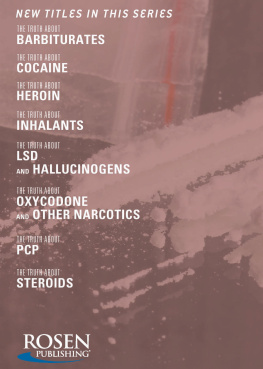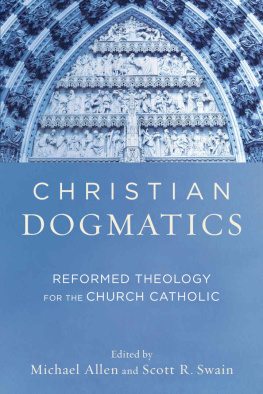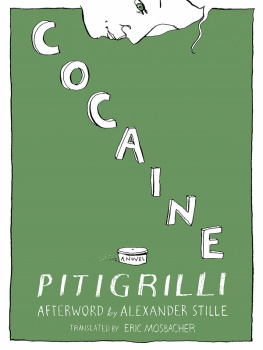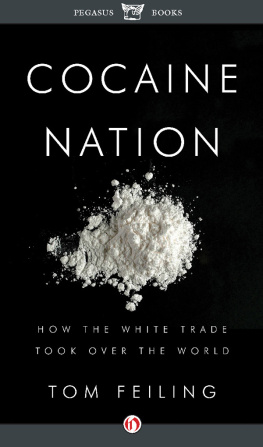Latin American Studies
Social Sciences and Law
Edited by
David Mares
University of California, San Diego
A R OUTLEDGE S ERIES
L ATIN A MERICAN S TUDIES
D AVID M ARES , General Editor
O BSERVING OUR H ERMANOS DE A RMAS
U.S. Military Attachs in Guatemala, Cuba, and Bolivia, 1950-1964
Robert O. Kirkland
L AND P RIVATIZATION IN M EXICO
Urbanization, Formation of Regions, and Globalization in Ejidos
Mara Teresa Vzquez-Castillo
T HE P OLITICS OF THE I NTERNET IN T HIRD W ORLD D EVELOPMENT
Challenges in Contrasting Regimes with Case Studies of Costa Rica and Cuba
Bert Hoffmann
C ONTESTING THE I RON F IST
Advocacy Networks and Police Violence in Democratic Argentina and Chile
Claudio A. Fuentes
L ATIN A MERICAS N EO -R EFORMATION
Religions Influence on Contemporary Politics
Eric Patterson
I NSURGENCY , A UTHORITARIANISM, AND D RUG T RAFFICKING IN M EXICO s D EMOCRATIZATION
Jose Luis Velasco
T HE P OLTICS OF S OCIAL P OLICY C HANGE IN C HILE AND U RUGUAY
Retrenchment Versus Maintenance, 19731998
Rossana Castiglioni
A N I NDUSTRIAL G EOGRAPHY OF C OCAINE
Christian M. Allen
Published in 2005 by
Routledge
270 Madison Avenue
New York, NY 10016
www.routledge-ny.com
Published in Great Britain by
Routledge
2 Park Square
Milton Park, Abingdon
Oxon OX14 4RN
www.routledge.co.uk
Copyright 2005 by Taylor & Francis Group, a Division of T&F Informa.
Routledge is an imprint of the Taylor & Francis Group.
Transferred to Digital Printing 2009
All rights reserved. No part of this book may be reprinted or reproduced or utilized in any form or by any electronic, mechanical, or other means, now known or hereafter invented, including photocopying and recording, or in any information storage or retrieval system, without permission in writing from the publishers.
Library of Congress Cataloging-in-Publication Data
Allen, Christian Michael.
An industrial geography of cocaine / Christian Michael Allen.
p. cm. -- (Latin American studies: social sciences and law)
Includes bibliographical references and index.
ISBN 0-415-94940-8 (hardback : alk. paper)
1. Cocaine industry--Latin America. 2. Cocaine
industry--Location--Latin America. I. Title. II. Series : Latin
American studies (Routledge (Firm)). Social sciences and law.
HV5840.L3A63 2005
363.45098--dc22
2005018133
ISBN10: 0-415-94940-8 (hbk)
ISBN10: 0-415-80490-6 (pbk)
ISBN13: 978-0-415-94940-8 (hbk)
ISBN13: 978-0-415-80490-5 (pbk)
Contents
No project of this scope could be completed without the support, encouragement, information, and advice provided by a number of individuals and institutions. I must first thank my colleagues in geography at the University of Cincinnati, especially Robert South, Howard Stafford, Nicholas Dunning and Robert Frohn. Thomas Moore of the Department of Political Science at Cincinnati also played an important guiding role for this study. Your comments, questions, advice, and friendship are all appreciated.
I wish to express my gratitude to the following individuals for their generosity in time, knowledge, and materials: John Eck of the Division of Criminal Justice at Cincinnati; Santos Ramirez and Alfonso Moreno of the U.S. Border Patrol; Dewey Owens and Fred Ball of the Office of National Drug Control Policy; Mark Langenderfer of the U.S. Customs Service; Marc Flicker of the Defense Intelligence Agency; John Tomasovich of the National Imagery and Mapping Agency; Carlos Sarabia Blanco, Cesar Castellon, and Oscar Antezana of USAID; Roberto Laserna of the Centro de Estudios de la Realidad Economica y Social in Cochabamba, Bolivia; the RAND Corporation; and Tony Newman and Matt Briggs of the Lindesmith Center. My relationships with you have considerably enriched the model of the cocaine trade presented here.
Finally, I wish to thank my family and friends for their interest, encouragement, and support - this work is dedicated to you all. I am particularly obliged to my parents for promoting from an early age my interest in the world beyond our doorstep. I am equally grateful to Stephanie for serving as my primary sounding board throughout this project and for her unique understanding of my personal commitment to it. For Elizabeth, Natalie, and Noah, my hope is that by the time you are old enough to read this, well have implemented a more constructive and compassionate drug policy regime.
Chapter One
Through the Lens of Economic Geography: Cocaine in Space and Place
The production and marketing of cocaine has a great deal in common with the sales of legal products. The transferability of skills and technology from legitimate business enterprises to drug trafficking has spurred its development into a modern trans-national industry. Latin American trafficking organizations hold significant competitive advantages in the industry, owing to their effective use of local factor endowments. Their success stands in stark contrast to the limited success that the regions licit firms have had in international markets.
Trafficking organizations have developed impressive industrial, financial, transportation, intelligence, and communications networks on an international scale. This infrastructure reflects the exceptional degree of organization and expertise required to manufacture and distribute an illicit good valued in the tens of billions of dollars a year. The industrys success in generating foreign exchange earnings means that the actors comprising it can wield significant influence over political and economic institutions at all levels throughout Latin America (Lee, 1999: 6).
The recent and widespread adoption of market-oriented economic reforms throughout the region has re-drawn its economic, political, and social landscape (Brohman, 1996; Otero, 1996; Kay 1993). Drug trafficking organizations (DTOs) have demonstrated unusual success in their response to these new and challenging conditions. Their export strategies are inspired by the development policies recommended by international lending organizations like the World Bank (Castells, 1998: 173). Indeed, Andreas (1999a: 125) has described Mexican drug trafficking organizations as the quintessential expression of the kind of private sector entrepreneurialism celebrated and encouraged by neoliberal economic orthodoxy. Moreover, such policies encourage expanded flows of international trade and capital, which, in turn, offer DTOs many opportunities to exploit licit channels to move product and profits across borders. Such opportunities reflect a fundamental tension between the two broad policy regimes that most influence the cocaine trade. Exploring the nexus of economic liberalization and drug prohibition is a secondary objective of this research.
The primary objective is to model the cocaine industry and its firms. The cocaine trade has attracted a great deal of popular attention, yet remains poorly understood. A huge volume of relevant information exists, (especially from state sources) but it is poorly organized and too often isolated from meaningful context. This research generates a conceptual model of cocaine production and distribution, one that reflects Chorley and Haggetts (1967: 21) catholic view of modelsthat they need not be a theory, law, or equation, but rather a structured idea or synthesis of data. It seeks to place the cocaine trade within a meaningful context, by helping the reader understand the economic, social, and political landscape within which DTOs act. This is accomplished by disintegrating the cocaine industry into its functional stages (from the cultivation of coca leaf at its source to marketing operations in the United States) and assessing each individually. In the concluding chapter, the component stages are re-integrated and the cocaine business is considered as a whole.

